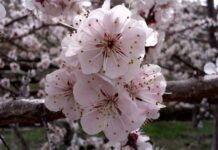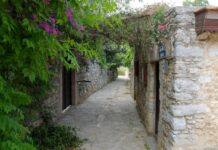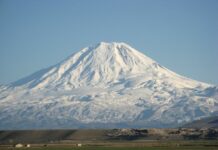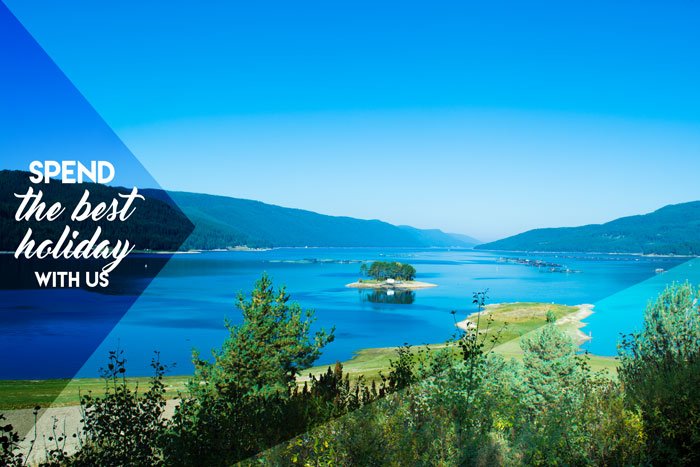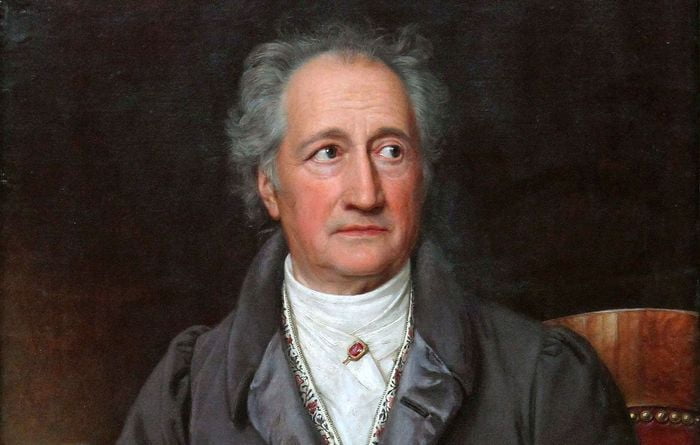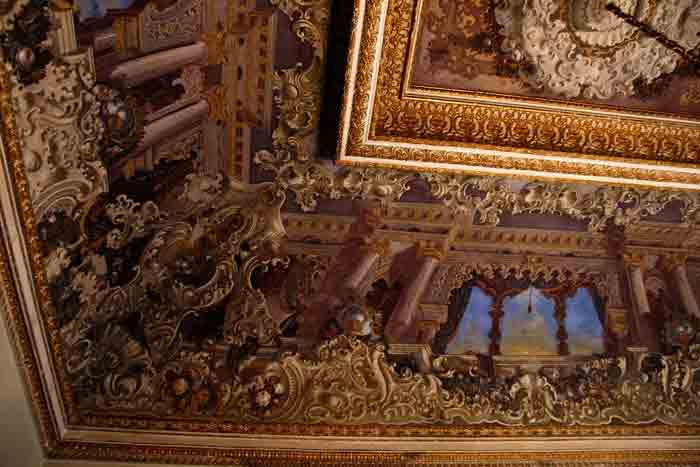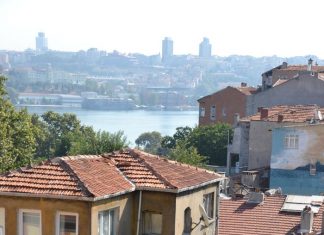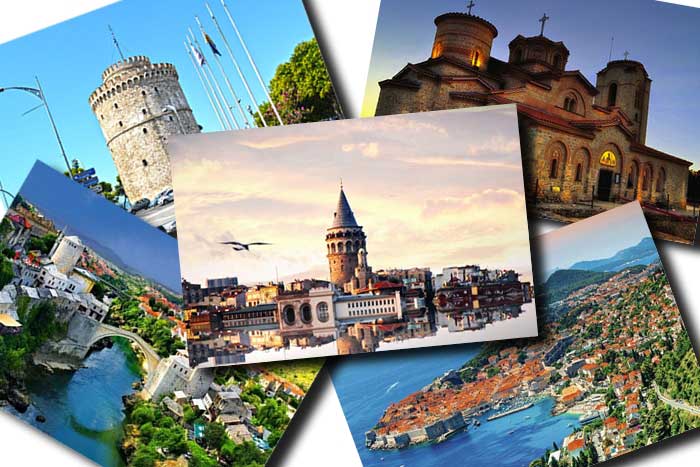Gabriele D`annunzio (1863-1938)
D`annunzio was born at Pescara in the Abruzzi in 1863. His first literary work was a volume of verses, published when he was only sixteen. His first novel appeared in 1889, and he afterwards became famous also as a poet and dramatist. His short stories, of which he wrote a number, are memorable pictures of the half-savage peasant- folk in the mountains of his native district. He excelled in the description of vivid landscapes, and in the delineation of elemental types on the one hand, and of decadent overcivilized moderns on the other.
The present version is translated by Louis Lozowick. It appeared originally in the Pagan magazine, and is here reprinted by permission of the editor.
The Hero
The big banners of St. Gonselvo, brought upon the square, floated heavily in the wind. Men of herculean stature, with faces flushed and necks strained, carried them gingerly.
After the victory over the people of Radusa the population ol Mas- calico celebrated this September feast with unexampled splendor. In-tense religious fervor raised their souls to exaltation. The entire pop-ulation was sacrificing its rich autumnal harvest to the glory of their patron Saint. From window to window across the street, women stretched their nuptial veils. The men decorated the doors with green wreaths, and spread flowers on the threshold of their houses. A wind was flowing and everything swayed and sparkled in the street, producing an intoxicating effect on the mob.
The procession was coming from the church in a continuous stream, breaking up into groups at the square. Before the altar, from which Pantaleone has been so recently dethroned, stood eight men, chosen to the rare privilege of raising the statue of St. Gonselvo. They were: Giovanni Curo, l`Ummalido, Mattao, Vincenzio Guanno, Rocco di Ceuzo, Benedette Gallante, Biagio di Clisci, Giovanni Senzapaura. Speechless they stood, conscious of their important duty, and somewhat agitated.
They presented a powerful group, as they stood there, ears pierced by dangling gold earrings, and eyes bright with the gleam of religious fanaticism. Now and then they would feel their biceps and pulse as if to try their strength; and sometimes a faint smile would flit over their faces.
The statue of the patron Saint was of great size and enormous weight; the body was cast from dark bronze, the hands and head from silver.
“Forward!” came Mattao`s order.
Read More about The Legend of Pygmalion Part 1

